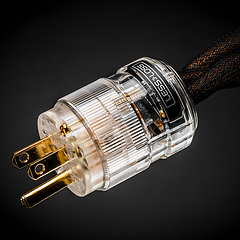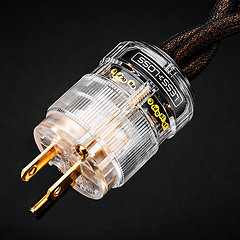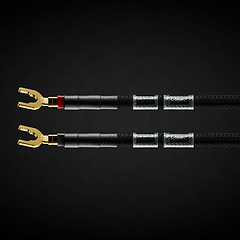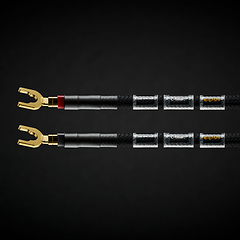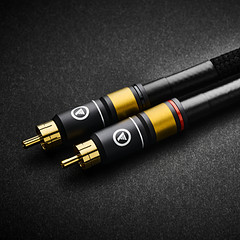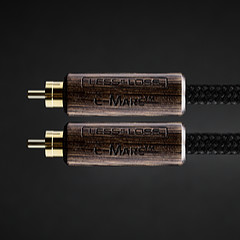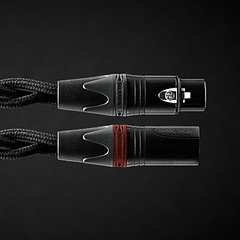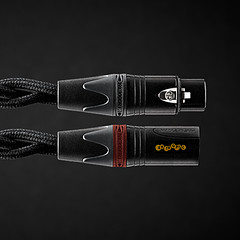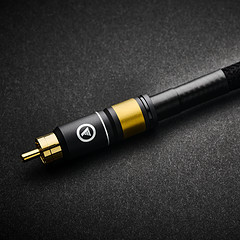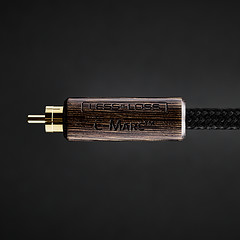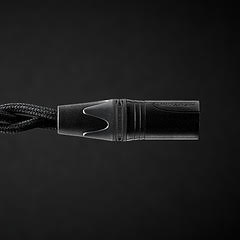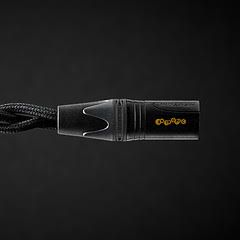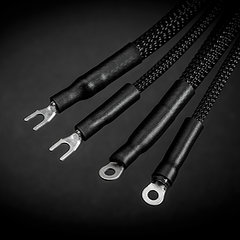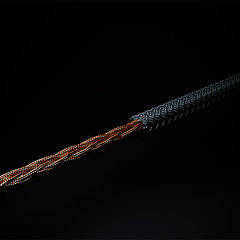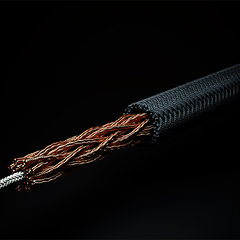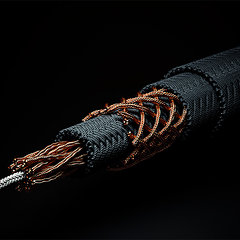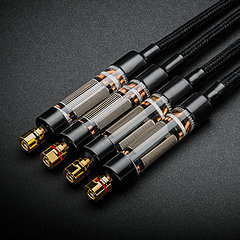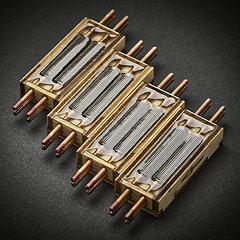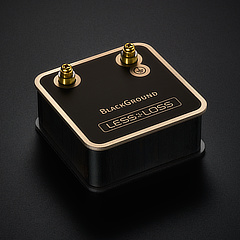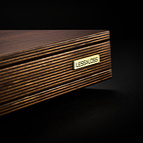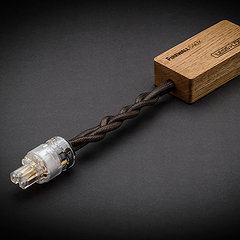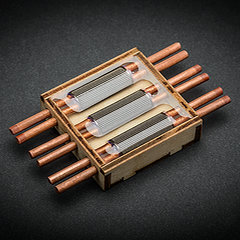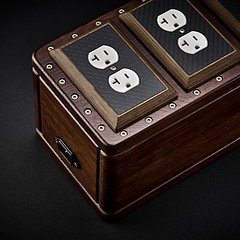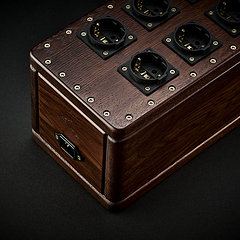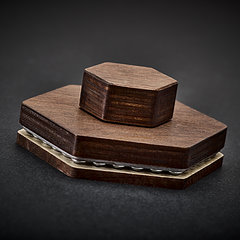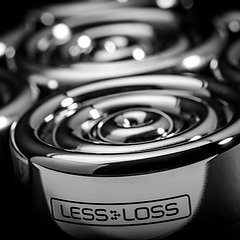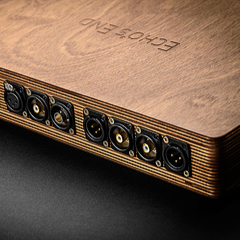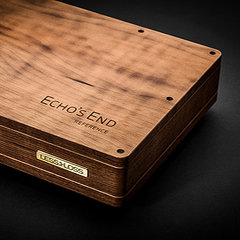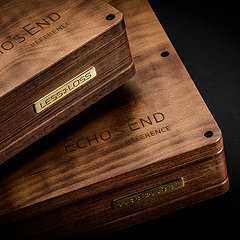- Asynchronous Reclocking
- I2S
- Output Stage
- Error Correction vs. Jitter
- Slaving Computer Soundcards
- Battery for Digital Schematics?
- Stacking Multiple Converter Chips
- Benchmark's UltraLock
- Digital Filtering
- One-box CD Players
- Synchronous Reclocking
- Jitter Sources
- Large Buffer
- Disbelief in LessLoss
- A/D Converters
- Sampling Rates
Question:
Perhaps my problem is that I don't really know where jitter comes from. Could you make a list of potential sources of jitter, and then describe why they simply disappear with your solution?
LessLoss Reply:
First, you need to know that Jitter is not distortion. It is only a cause of distortion, and this distortion only happens at the actual Digital to Analogue conversion process, when the digital signal becomes the analogue signal. Before the actual DAC process, Jitter can be present without causing any digital fallout (actual loss of information). Timing errors in digital signals are always tolerable up to a given threshold. However, to our analogue ears, the threshold of tolerance is much much lower than to a digital system (a computer).
Here's a list:
Jittery, cheap clock oscillator
--> Ultra-low Jitter Clock oscillator only a few centimeters from the actual DAC process, which takes place after a totally galvanically isolated analogue ground and run on the cleanest power supply on earth (balanced batteries). A pristine environment for the conversion process to take place.
Vibrations of the CD and reaction of the high-frequency analogue feedback circuitry to this vibration
--> Synchronous reclocking using the low-jitter clock within the CD player and within the DAC.
SPDIF transmitter
--> Synchronous reclocking using the low-jitter clock within the DAC.
Electromagnetic interference caused by radio waves in the aether
--> 10 extremely tight shields on the digital cables.
SPDIF receiver
--> Synchronous reclocking using the low-jitter clock within the DAC.
Distance for all digital signals in the DAC circuitry
--> Absolutely shortest possible signal paths. If this 400+ part DAC were manufactured by a soldering robot in standard production manner, it would have to be designed to be at least 3x as large, and if everything were on one side of the circuit board, it would then be at least 5x as large, which would mean there would be more jitter at the DAC chip during conversion.
Power supply noise
--> The DAC 2004 filters the power directly before the power transformer, directly after the power transformer, and it is separately filtered and regulated at every single power leg of every single integrated chip, giving power supply noise no chance to induce jitter into the system. Plus, the DAC is in its own enclosure, safe from noise induced by the windings of the various motors of the transport mechanism.
